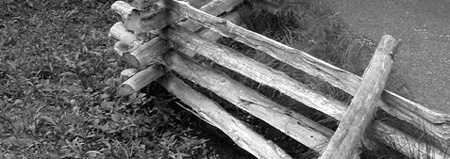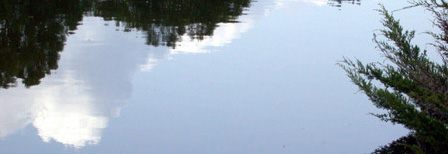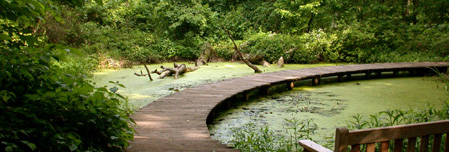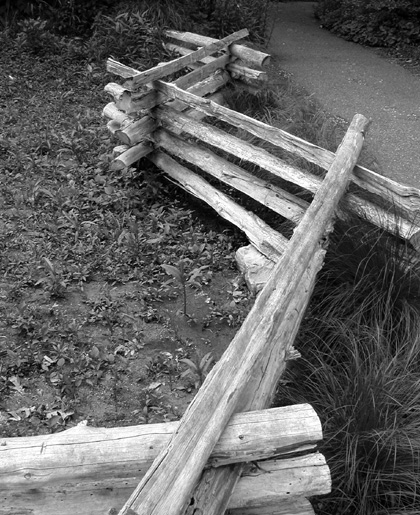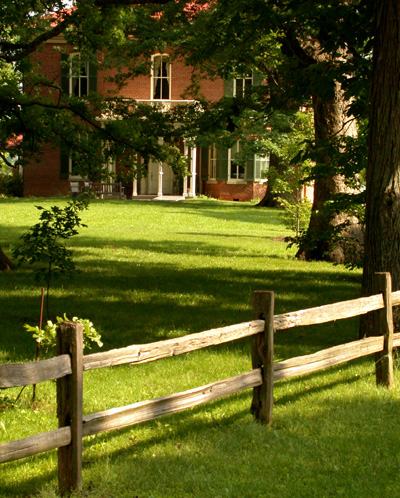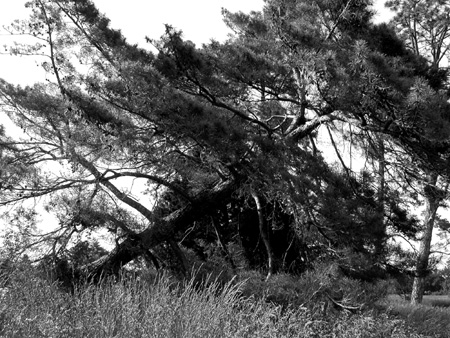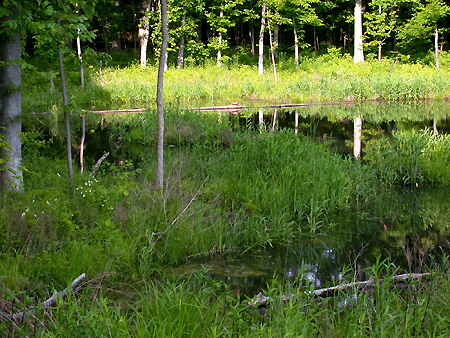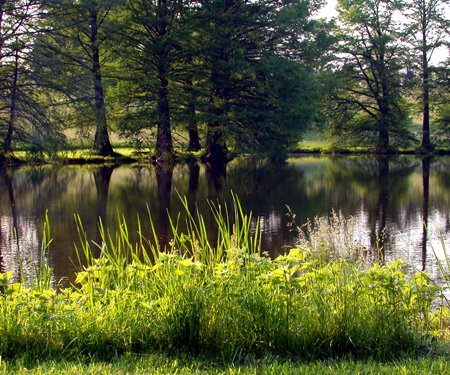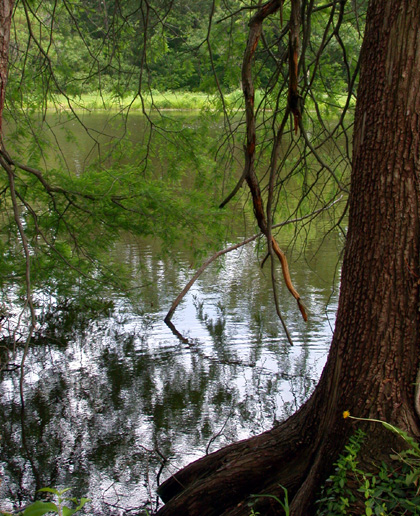You may not be aware of this, but elements of the semantic web are already in place. For instance, if you’re not sure how to spell ‘algae’, you can search for a variation of the word, such as ‘algie’ along with a few characteristics, such as ‘slime’, ‘green’, and ‘water’, and Google responds with Do you mean algae slime green water? This may not seem like much, but there’s a great deal of putting together related words into a context, and then making some assumptions when a match isn’t found just to obtain a result of Do you mean….
The semantic web isn’t going to result from gigantic strides in science and technology — it’s going to result from efforts of people like you and I. From simple steps, just as with Google and the search for algae.
Joseph Duemer begins a discussion of poetry and the semantic web. He zeros in on that aspect of poetry that inspired my current effort in something such as the Poetry Finder. Joseph writes:
Poetry is the most human form of language, then, not because it is the most humane & not to valorize the term, but because poetry is a way of using language that takes maximal advantage of the notion that a word or phrase might “mean somewhat different things.” Somewhat. Some what. Poetry occupies the space between some & what. So how do we make our human machines grab onto human grammar? It seems just possible to me that metadata & metametadata & so on out to infinity might be used to create at least a semblance of human meaning that could move freely between machines & between machines & humans.
I agree with Joseph in that we can consider the use of metadata to create a connection between human meaning and machine understanding, but it won’t be the stuff of artificial intelligence. The important first step is to begin recording the data, and then once we have it, we can do interesting things with it, just as Google is doing interesting things with data it scrapes from web pages just as unannotated words.
Joseph also references the earlier work in creating this bridge between man and machine, through efforts such as Bertran Russell and Ludwig Wittgenstein. However, these earlier pioneers did their work without the concept of the interlinked network that is the web, which changes everything. To them, the effort that the machines needed to take was nothing less than heroic — true thinking machines. But as we see with Google, most of what we need is a way of recording meaning as statements, a simple model of how these statements are related, and a straight forward text-based format that can be utilized by any tool, in any environment. From there, we can build meaning exponentially greater then a very smart spellchecker.
Joseph ends his essay with:
I’m going to continue reading about the bones & nerves of the web & in coming days look at the ways those structures hook up with my own literary & philosophical knowledge. The only way I’ve ever been able to learn anything is a) that I need to know it & b) that I could hook it on to stuff I already knew. (I know, there has the be a foundation–at least some say so–but for now I’d just say it’s turtles all the way down. I hope to begin working my way down the stacked turtles of the web in coming weeks; there is also the (I think related) project of investigating academic dishonesty. Good thing I don’t have a class to teach until July.
Yes, a very good thing. Which means I need to focus on my RDF for Poets writing, and help with the effort of knocking down that stack of turtles.

